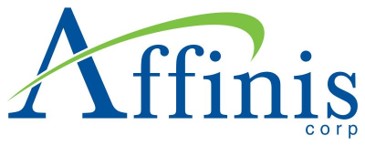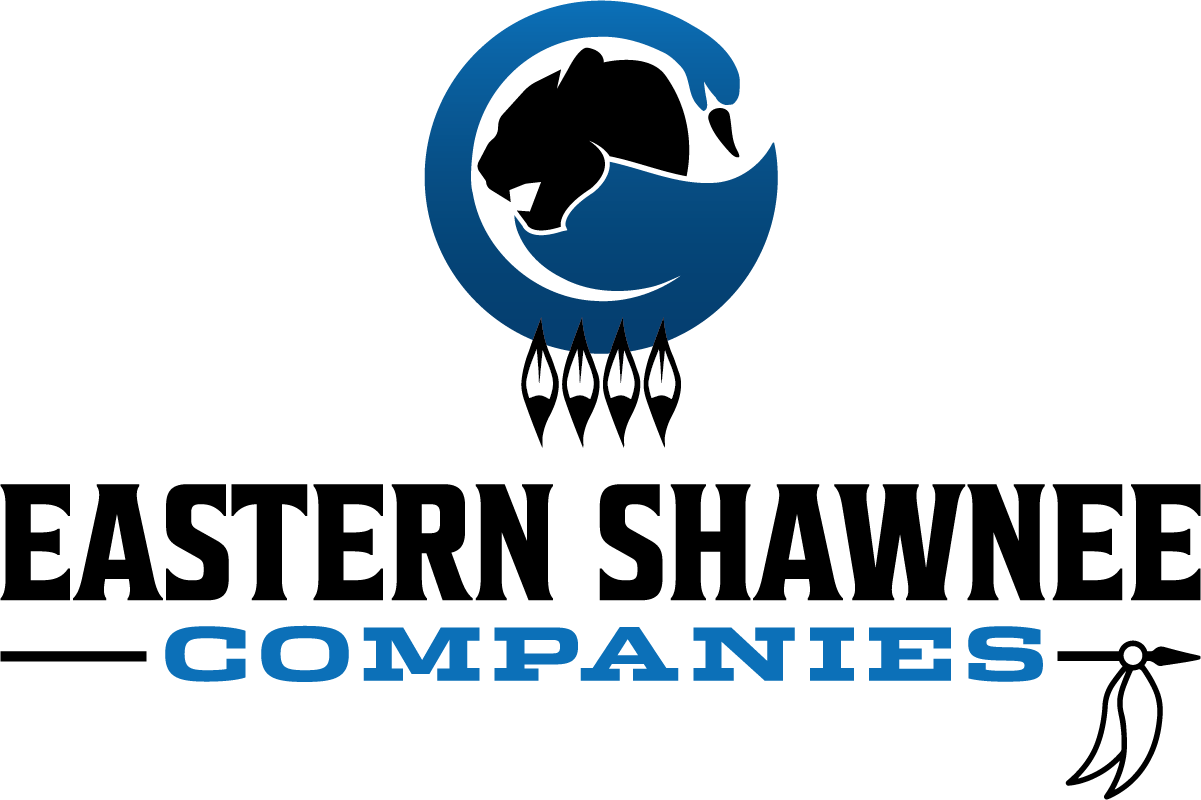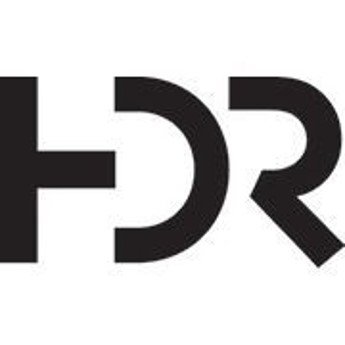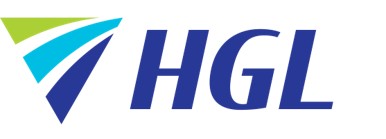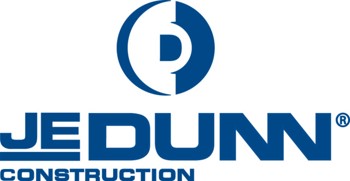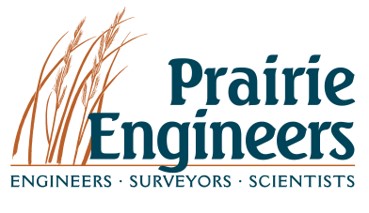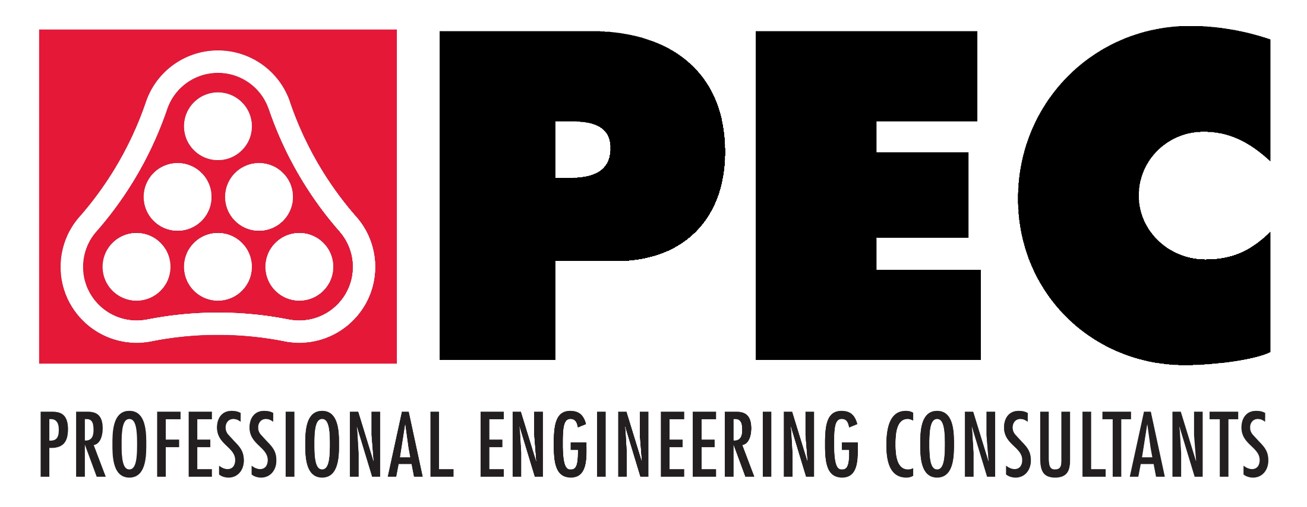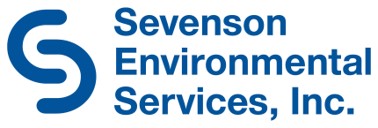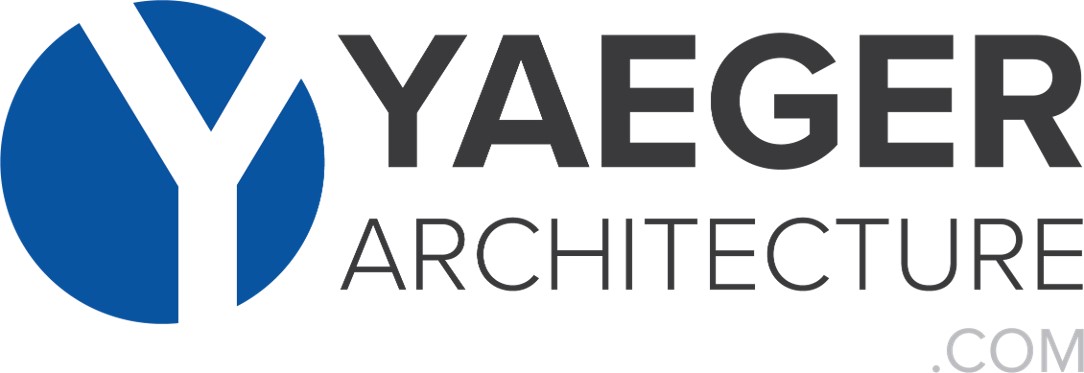Industry Day 2025 will be held June 9-11, 2025
The Greater Kansas City (GKC) Post of the Society of American Military Engineers (SAME) is pleased to invite you to participate in our 16th Annual Industry Day Education & Training Workshop. This year’s event will be held at the Sheraton Kansas City Hotel at Crown Center. We have put together a program for everyone, with a broad selection of topics to choose from. Please check back for an updated agenda.
Keynote Speaker: Sharon Krock, SPWS, F. SAME, Society of American Military Engineers National President

Sharon Krock, SPWS, F. SAME, is a Principal and Senior Vice President at Schnabel Engineering, a geotechnical, dam/levee, and tunnel Engineering firm where she serves as the Branch Leader of their 50+ person Philadelphia area office. Sharon is a Senior Professional Wetland Scientist providing wetland permitting and consulting. In addition to her technical role, she develops business for the firm, as Schnabel’s Federal Market Pursuit Leader. Sharon also leads Schnabel’s Small Business mentor-protégé relationships. Sharon has been actively involved with SAME for over 20 years, achieving Fellow as a Young Professional in 2014. She served as Philadelphia Post President in 2012, North Atlantic Regional Vice President from 2017-2020, National Vice President and then President-Elect from 2021-2024 and currently serves as the National President of the Society. Sharon and her husband, Brad, have three amazing children and enjoy visiting State and National Parks all over the country.

